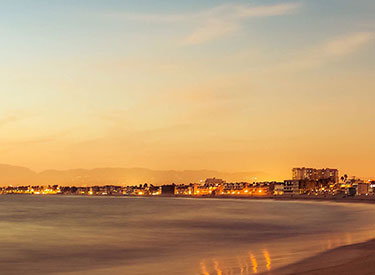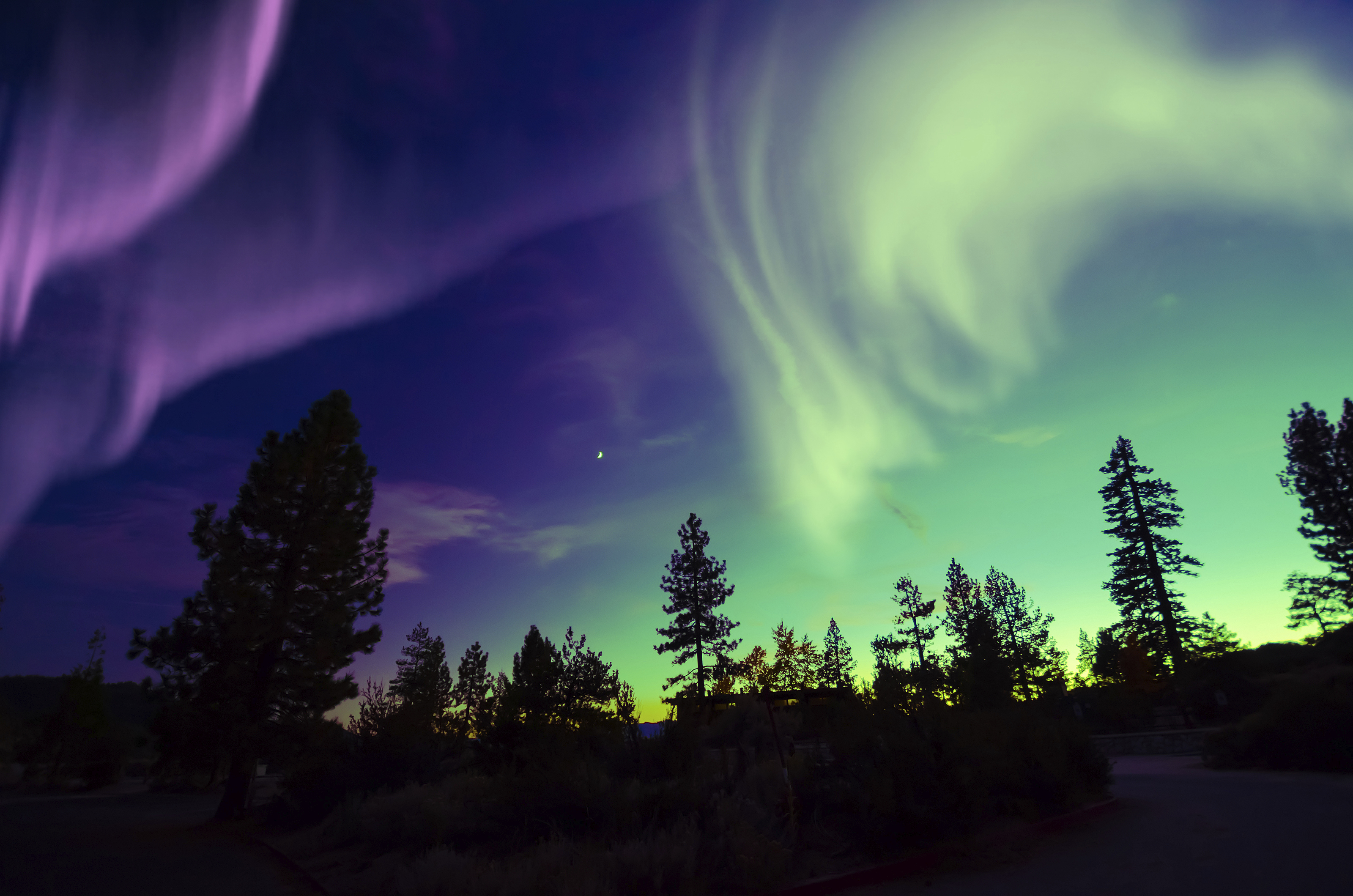


The Aurora Borealis, or Northern Lights is a natural light display that occurs within and around the Arctic Circle stretching all the way around the globe from Alaska in the west to Siberia in the east. Norway is a popular destination for tourists chasing the featureless glow poetically called the “Dance of the Spirits” by Native Americans. However, as this is a naturally occurring wonder, it cannot be accurately scheduled or predicted, which only adds to its mystique. Your personal travel manager can arrange flights and accommodation, leaving you with the task of packing a camera and plenty of warm clothes.
The phenomenon occurs when light particles from massive solar explosions, bounce off the Earth’s magnetic shield and migrate towards the North Pole. The result is spectacular natural pyrotechnics, with fluorescent green and violet streaks forming across the night’s sky. This phenomenon is short-lived, lasting two minutes at the most, however, can be repeated several times during the course of a single night.
You can see the Northern Lights right across Norway, but the best location for catching a glimpse of the ethereal exhibition is from within the Arctic Circle in Northern Norway. The Northern Lights hits the skies above the Lofoten Islands and heads up towards the North Cape, which means the coast is the ideal place to get up close to the lights. The coast, unfortunately, is prone to rain and consequently, cloud cover can obstruct views of the aurora borealis, however, this cover can quickly be cleared by the strong eastern winds.
The lights are at their most perpetual between September and March, when it’s pitch black between 6pm and 1am, giving visitors a full seven hours to spot the volatile illuminations. September through to November is relatively snowless, with the majority of snow falling between December and March. The aurora borealis is best witnessed after heavy snowfall when the lights reflect and shimmer off the icy landscape, however during this peak period costs inevitably rise.
Catching the marvel of the Northern Lights can’t be guaranteed, even in peak season, as Mother Nature just doesn’t work like that. Try to avoid a trip that spans the full moon, as the light reflected could detract from that of the spectacle, making the lights appear faded or worse still not all. You can increase your chances of observing them by settling within the Arctic circle for as long as possible, wrapping up warm and watching the skies religiously.